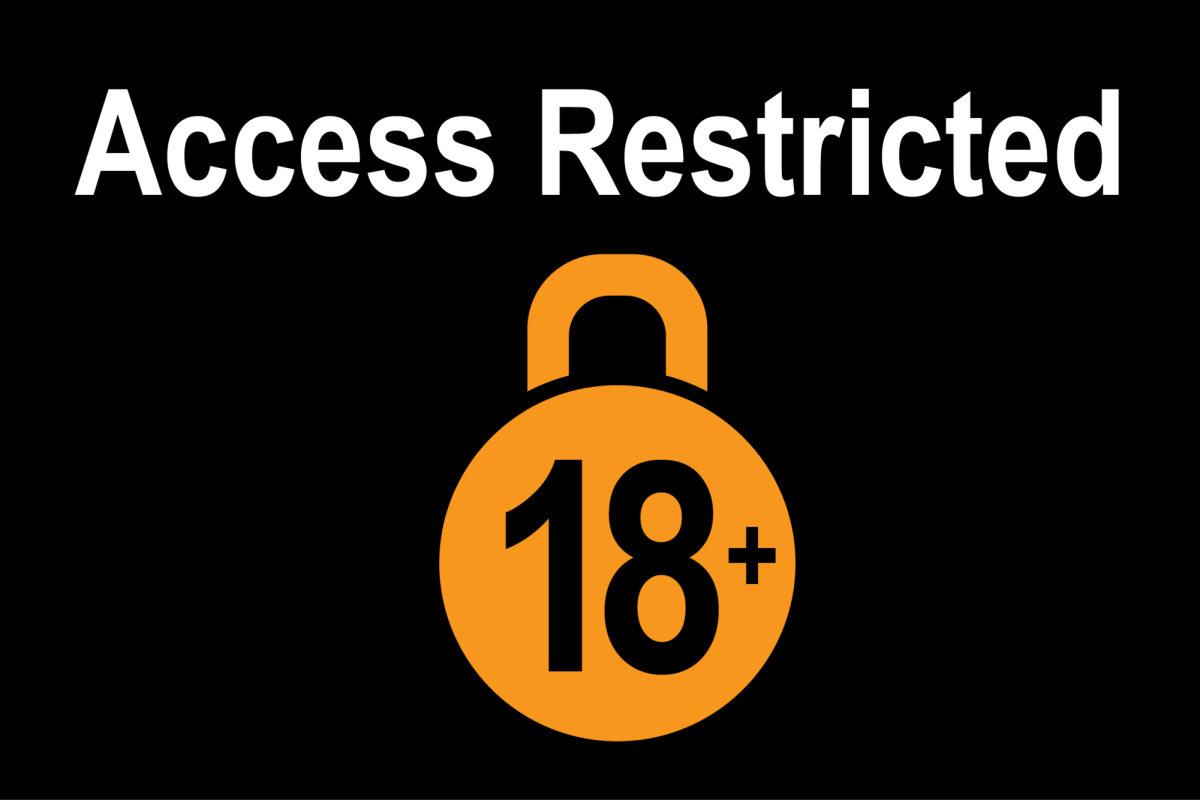By Karina Dunn
Changes are coming to the core curriculum.
The minimum number of hours needed to complete the core will drop from 46 to 42 this fall, pending approval by the Texas Higher Education
Coordinating Board. Requirements to complete an associate’s degree will also decrease from a maximum of 72 hours to 60.
Incoming freshmen will be required to study under the new curriculum, but current students will have the option to continue with their original degree plan.
Matt Hinckley, chairman of the core curriculum steering committee, said the changes will be minimal for students.
“It’s a decline in hours, but that decline in hours was achieved by trimming the hedges, rather than by doing major foundation work,” he said.
The core consists of a three-tier system in which each skill set builds on the previous one. Basic courses, like English, history and college algebra, provide the foundation and teach the comprehension, reading and writing skills needed to succeed in higher-level courses.
The committees involved in the revision process focused on progression and student improvement. The steering team managed the proposed changes and determined which classes best fit the new core curriculum requirements.
“The goal of the core curriculum is to ensure that students graduate with skills to enter job market immediately,” he said, “or the skills they need to pursue a bachelor’s degree at a four-year college, and the skills needed to be successful in life.”
Because the core will not exceed 42 hours, the steering team was forced to eliminate or modify some courses in the previous core.
Studio art classes fell into this category. David Willburn, coordinator of the Department of Visual Arts, worked with the Core 2009 committee and views the modifications as a positive change for students.
“The core curriculum still offers a lot of choices, and that’s important,” he said. “I see the purpose of the core curriculum as an opportunity for students to try a number of different courses, until they find their interest.”
Art classes such as Drawing 1, Ceramics 1 and Photography 1 will remain in the core, as will other art offerings.
“Art appreciation and art history will remain in the core curriculum because the current committee that revised the core agrees those kinds of courses have tremendous value and should remain,” Willburn said.
Business administration major Krystal Hernandez said she searches for classes that provide the tools she will need to succeed at the university level.
“I want classes to benefit me,” she said. “I don’t want them to be useless knowledge.”
The new core offers more flexibility for students aiming for an associate’s degree. It allots 18 hours for electives, allowing students to study courses more closely related to their degree.
Michael Gutierrez, vice president of academic affairs, worked with the Vice President’s Council to approve the new core decisions. He said paring down class options was important.
“When the menu is so big, [students] don’t know what to order; shortening the menu focuses the students and gives them what they need,” Gutierrez said. “They can get through things in an orderly way. It allows them to set their goals a little bit better.”
In the past, the plan to improve the college community focused on increasing enrollment. Instructors and administrators have refocused their plan to give students a clear path toward graduation.
History professor Liz Nichols served on the 2009 committee and was involved in this year’s process. She does not expect the changes to have negative consequences.
“While some courses are not included in the core, it does not mean you cannot take them or they will not be offered,” she said.
Nichols emphasized the need for students to communicate with advisers and stay focused.
Once completed, the core curriculum at Eastfield will transfer to any state university. Students’ transcripts receive the mark “Core Complete.”
By Karina Dunn
Typically, state universities must accept the completed core, but they may require students to take specific courses over again.
“As a college, we need to work together cohesively to envision not just the students walking through the doors,” Gutierrez said, “but engaging themselves to the college, progressing, so we can see them walking across the stage at graduation.”
Creative writing major Wesley Wade said he plans to complete the core before transferring.
“I think it’s preparing me to think critically and opening me up to more options,” Wade said.
Students should also be pleased by the fact that less credit hours in the core curriculum will mean lower tuition in the long run, barring any increases in tuition rates.
“By all means, complete the core curriculum because it just makes good sense,” Willburn said. “It is so much more affordable than taking the core at any other university in the state.”









